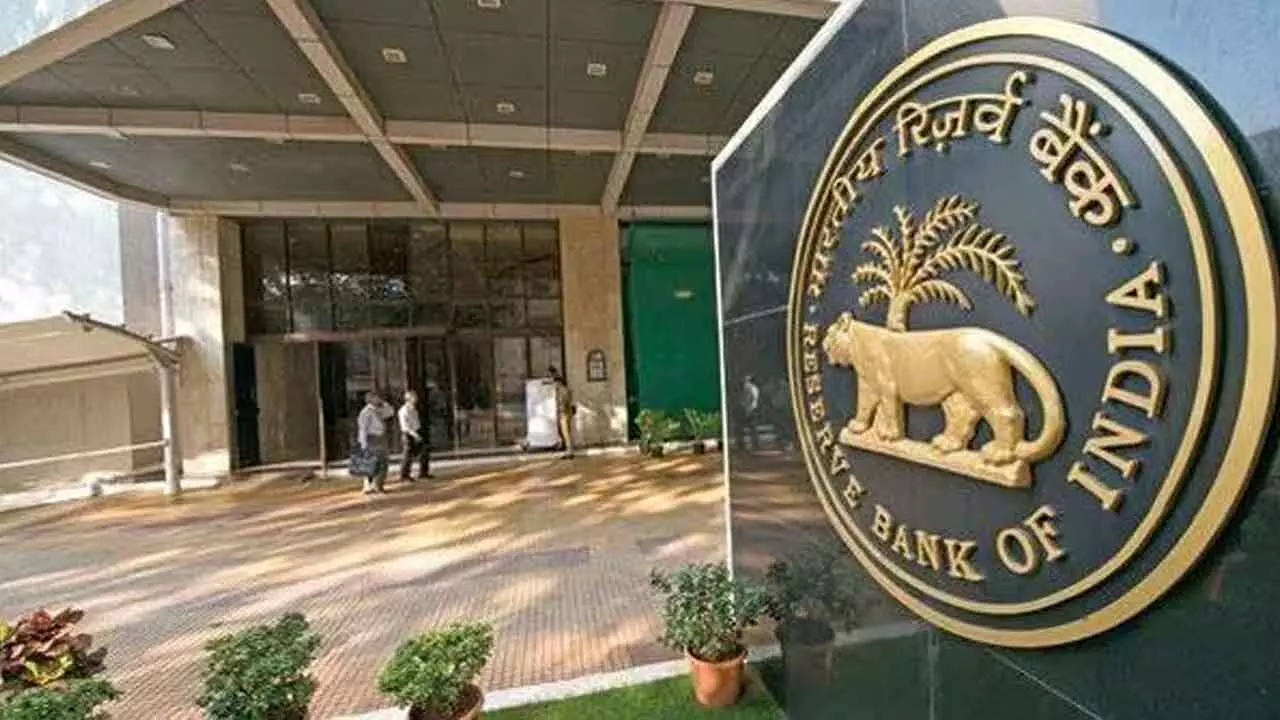A Wake-Up Call For Municipalities
While municipal revenues have shown some recovery post-pandemic, they remain significantly lower compared to state and central governments, reveals a RBI report
A Wake-Up Call For Municipalities

Municipal corporations need to enhance their sources of revenue through reforms in property tax, rationalisation of user charges, and better collection mechanisms, an RBI report has suggested.
The elasticity of property tax revenues, the predominant source of tax revenue, can be improved through adopting property tax formulae which are more reflective of property valuation, it said.
The 'Report on Municipal Finances' released by the Reserve Bank on Wednesday noted that the demand for high-quality public services in urban areas is growing rapidly with a rising urban population. "Yet municipal corporations (MCs) in India invested with this responsibility generate limited revenues and rely heavily on the upper tiers of the government for their funding needs, limiting their operational flexibility," it said.
State-specific strategies to strengthen MC finances through local taxation reforms, better enforcement, augmenting institutional capacity and transparent financial management are crucial for resilient municipal finances and effective urban development. Compared to advanced economies and other comparable emerging market economies, Indian MCs generate much lower revenues and consequently, spend fewer resources as a percentage of GDP.
"The MCs have underdeveloped own-source revenue streams, including both tax and non-tax revenues," the RBI said. At present, the report said the MCs remain heavily reliant on Central and state governments for their funding needs through revenue transfers. Timely and adequate revenue assignment from the upper tiers of the government is essential. "In this regard, a State-level rule-based system of compensation and transfers, including the regular setting up of State Finance Commissions (SFCs) assumes importance," it emphasised.
The report further said municipal revenues, which were hit during the Covid-19 pandemic in 2020-21, recovered in 2021-22 and 2022-23. Despite significant responsibilities, the revenue streams of municipalities are limited and pale in comparison to those of State and Central governments. Property taxes are the major constituent of tax revenues. Municipal bond financing has seen some recovery in recent years. MCs are also venturing into green municipal bonds to fund environmentally beneficial projects, marking a pivotal move towards sustainable urban development.
The RBI said municipal revenue receipts, which were subdued during 2020-21, grew by 22.5 per cent in 2021-22 mainly due to rise in non-tax revenues. The growth in the revenue receipts moderated to 3.7 per cent in 2022-23 (revised estimate) and was budgeted to increase by 20.1 per cent in 2023-24. "Despite significant responsibilities, MCs' revenue receipts are quite modest (0.6 per cent of GDP in 2023-24) and pale in comparison to those of Central and State governments (9.2 per cent and 14.6 per cent of GDP in 2023-24, respectively)," the report said.
The surplus in 2023-24 was budgeted at above Rs 1,000 crore in states like Maharashtra, Gujarat, Karnataka, Madhya Pradesh, Haryana, and Telangana, led by Maharashtra (Rs 11,104 crore). The surplus in MCs in Delhi, Andhra Pradesh, Rajasthan, Odisha, West Bengal, and Tamil Nadu was placed in the range of Rs 100 crore (Tamil Nadu) to Rs 687 crore (Delhi).
In contrast, MCs in Tripura, Jharkhand, Himachal Pradesh, Bihar, Chhattisgarh, Jammu and Kashmir, Uttar Pradesh, and Kerala budgeted for a revenue deficit in the range of (-) Rs 2 crore (Tripura) to (-) Rs 789 crore (Kerala) for 2023-24. Own tax revenue, inclusive of property tax, water tax, electricity tax, education tax, and other local taxes, constituted 30 per cent of total revenue during 2023-24, with significant variations across states. The Indian municipal bond market remains in a nascent stage, the report said.
As of March 2024, the total municipal bonds outstanding at Rs 4,204 crore was just 0.09 per cent of the total corporate bonds outstanding.

